

Inspections of large steel ethanol tanks on natural gas processing plants are critical for ensuring the safe operation of the facility. Traditionally, inspectors perform these inspections by physically entering the tanks and conducting the inspection. However, this method is both dangerous and time-consuming. As a result, many facilities are turning to confined space drones to perform these inspections.
The natural gas processing plant in question is a medium sized facility located in Ireland. The processing plant has been in operation for over 10 years and is one of the largest in the country. The facility produces natural gas which it supplies to the Bord Gáis gas grid.
The processing plant has several large steel tanks on site, which are used to store ethanol. These tanks are essential for the operation of the facility, and their integrity must be maintained at all times. For this a regular inspection schedule is implemented by the plant operators. For this project they had a single 13.5m diameter / 10 meter high plate steel ethanol tank that required inspecting.
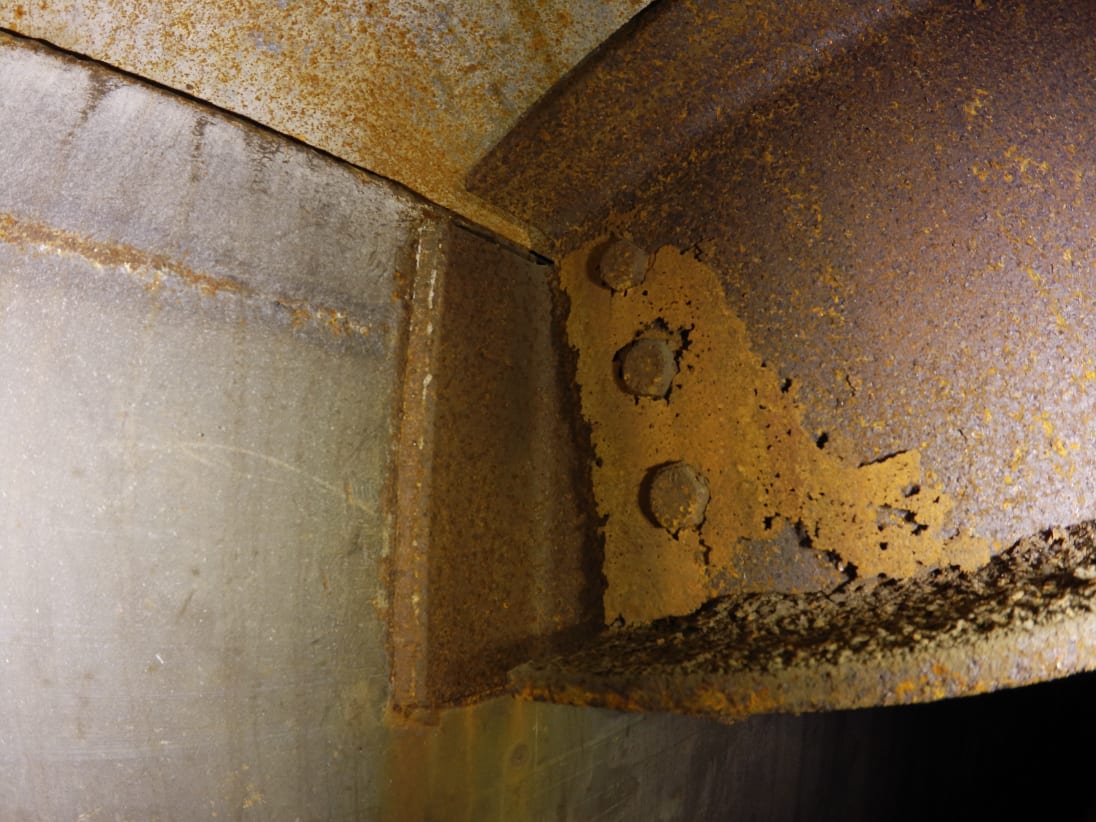
In the past, inspections of these tanks were performed by inspectors entering the tank and physically access all areas internally. For the tank floor this is not too difficult but for the upper walls and roof structure this is extremely costly and cumbersome. It involves erecting a large scaffolding structure inside the tank to facilitate the inspectors surveying the upper inner structure of the tank. Keep in mind that all materials for this must be brought in through a standard ~50cm access hatch. Clearly, this method was both time-consuming, costly and dangerous. The processing plant management decided to explore the use of confined space drones to perform these inspections instead.
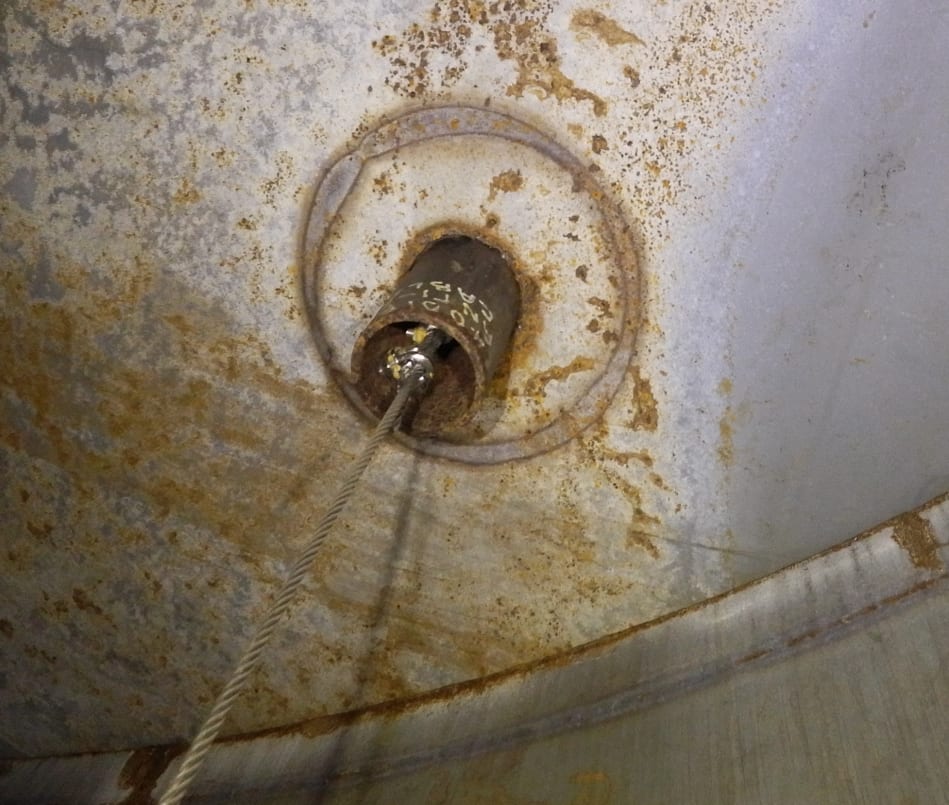
The processing plant contacted a Engineers With Drones as we had both experience and the specific drones required for confined space inspections. Typically our first step when dealing with a new client is to manage expectation regarding what is and is not possible with a drone. This is especially important when dealing with ATEX environments in highly regulated and hazardous sites such as gas processing facilities. For this reason we clarified he following points for the the facility operators before going any further:
These two point an more were discussed in a pre-work online meeting with all stakeholders in order to build a plan around the work on the day. As soon as everybody was satisfied with the aim and outcomes of the work a date was set for work to commence.
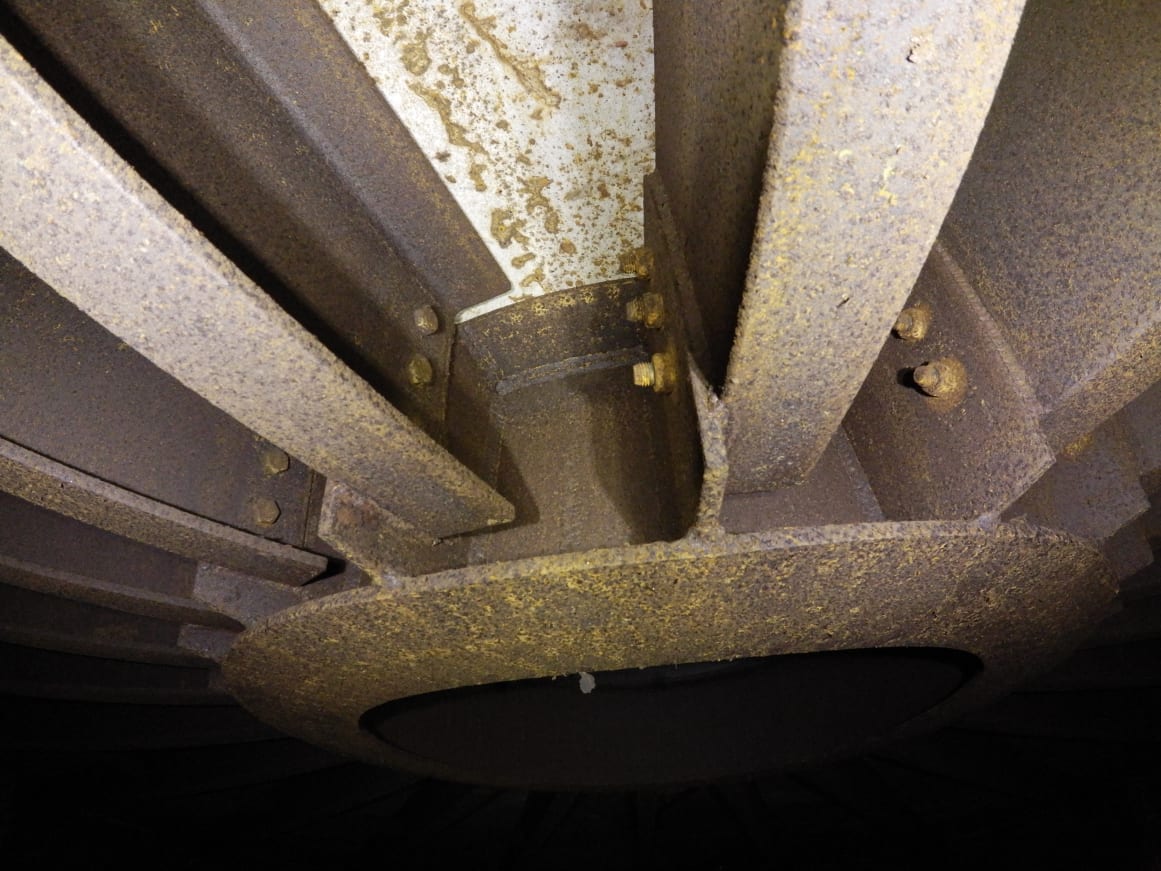
Engineers With Drones sent a team of trained drone pilots to the processing plant to perform the inspection. The team arrived on-site and went through the inductions. They then sat down with the site operators for an in depth planning meeting to go through exactly what sort of data they were looking for. This meeting included going through engineers drawings of the tank and assessing suitable point of reference such as hatches and stand pipes. It also included a site visit to the target tank to conduct a FLRA and make sure there were no unseen issues with the plan.
The drone used was a small, lightweight Elios 2 drone equipped with a high-resolution 4K camera and oblique dust proof lighting system. The drone was also equipped with sensors that allowed the drone to orientate and stabilise itself while operating in the GPS denied environment inside the tank.
For this project the drone team was also accompanies by an API certified tank inspector who could direct the inspection based on what he was seeing "on the ground". The team gained entry into the tank through a small 50cm access hatch. Once inside the tank, the operators orientated themselves using pre-designated references points, in this case a set of three floor-to-ceiling steel stand pipes. The tank itself had a conical steel roof structure with an internal aluminium floating roof. The team found a suitable access hatch in the floating roof that allowed them to see the entire area to be inspected. They then deloyed the drone and becgan the process of inspecting the walls and floor of the tank for any signs of corrosion or damage.
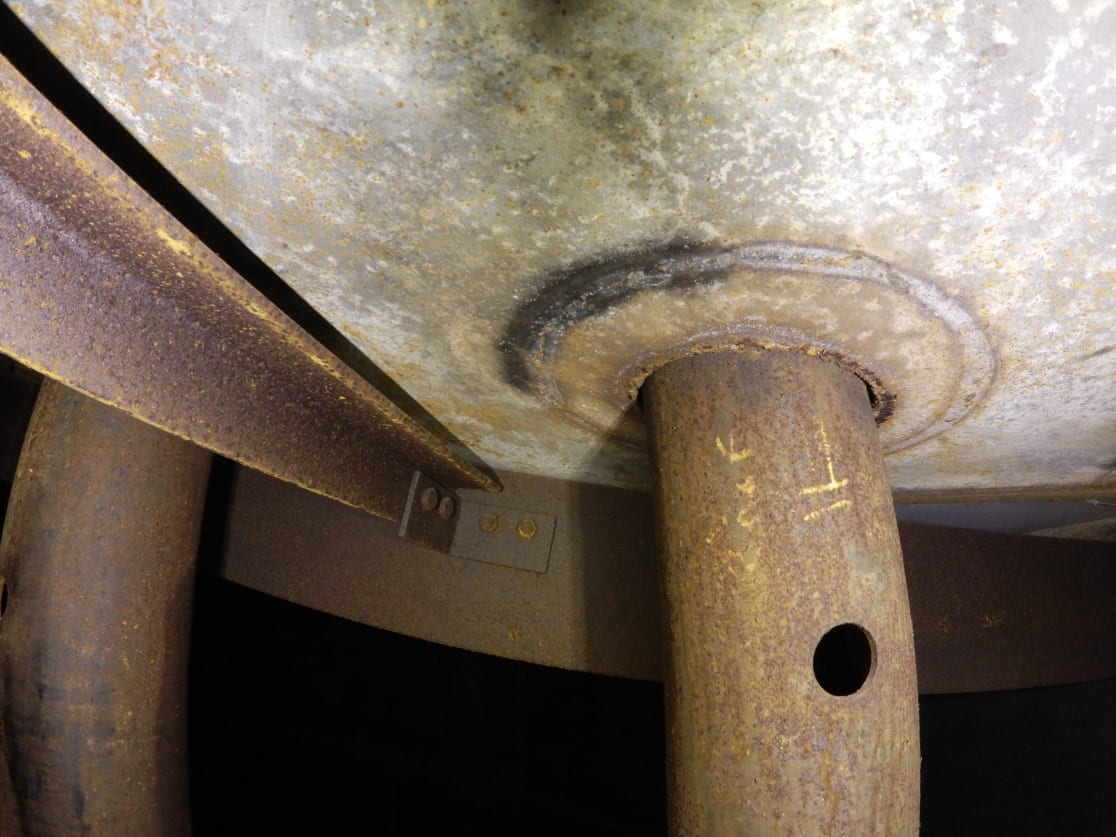
Because the drone team was accompanied by an independent tank inspector it was important for this person to be able to monitor the live feed from the drone at all time to check for defects that would warrant deeper investigation. For this reason we deployed a client monitoring station on this job. This consists of a high-resolution screen about the size of a laptop screen that shows exactly what the drone sees. This can be used by the client to monitor the inspection process without encumbering the drone operator.
The use of confined space drones to inspect large steel ethanol tanks on gas processing plants is a safe and efficient method of inspection. Drones are able to complete the inspection quickly and without the need for inspectors to enter the tanks. This reduces the risk of injury and increases the safety of the inspection.
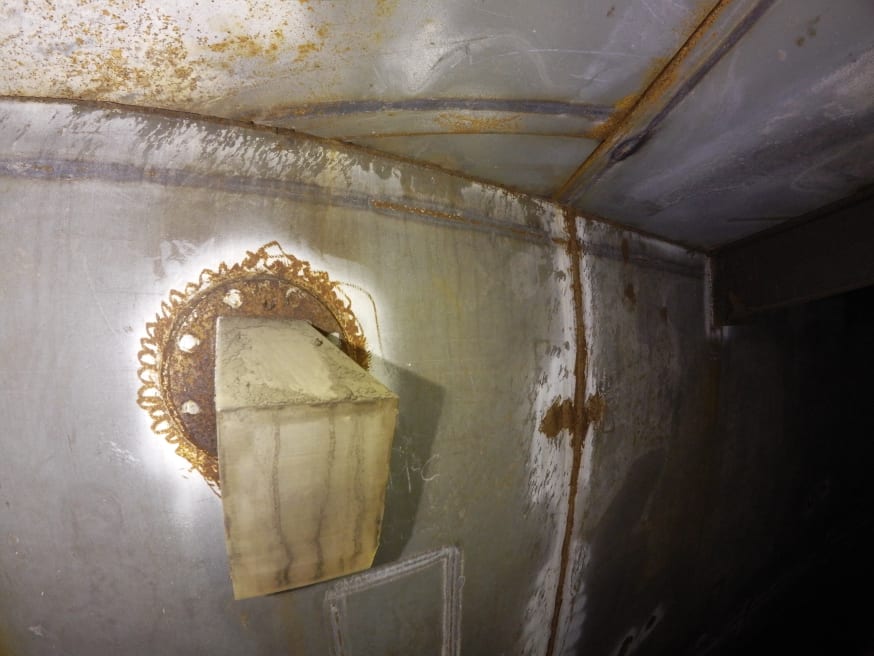
The gas processing plant in Ireland was able to use a confined space drone to inspect their ethanol tanks quickly and safely. The drone was able to provide high-resolution images of the tank's interior, allowing the inspectors to identify any potential problems. The use of drones for inspections is becoming increasingly popular in the oil and gas industry, and it is likely that more facilities will begin using drones in the future.
Click the following links to find out more about our confined space drone services and our tank and silo inspection services. Alternatively you can contact us here.
Last Updated: 10 July 2023